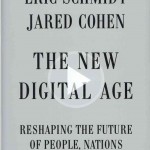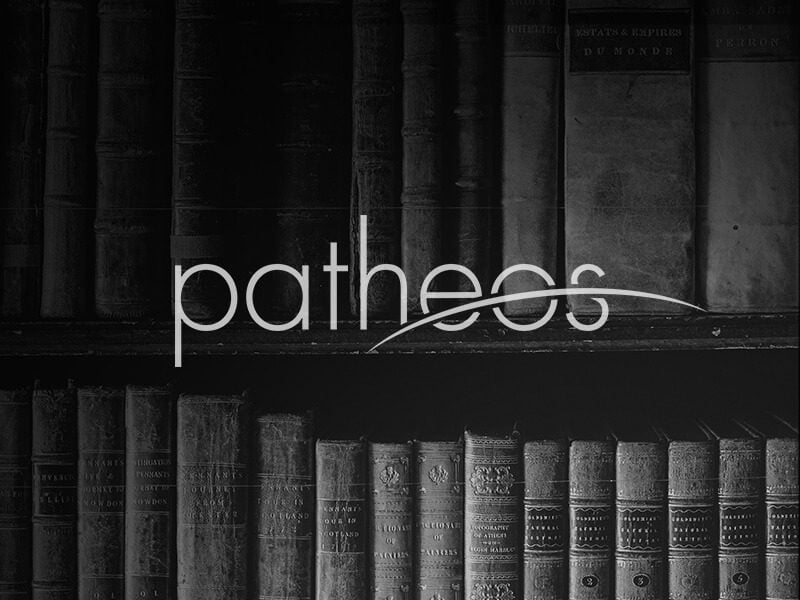As a recent transplant to Washington, D.C., I seemed well-placed to review This Town. My hope was that Mark Leibovich, a veteran political journalist with the New York Times and previously the Washington Post, was going rogue and painting a vivid and gruesome picture of how America’s capital really works. The book would be a call to arms and show how D.C. is sick and needs fixing.
But This Town is not a book that shows how D.C. really works. Instead, the book itself is a perfect case study of what prevents people from coming to terms with the Capitol’s dysfunction.
Press spin masters manipulate every conceivable statement and event to match their preferred narrative, stale politicians drag out their days in the limelight by leveraging name recognition, journalists and bloggers swarm to every birthday and funeral they can to carve out their tiny niche of relevance. Naturally narcissistic by temperament, Beltway warriors fret over their portrayal in whatever media exposure they get (the book’s lack of an index is supposedly to prevent those named within from skimming their appearances and reading nothing else). It’s intriguing to read about, not the least because many of D.C.’s media elites are fantastically maladjusted individuals.
C. S. Lewis makes an unexpected appearance in the book as a favorite writer of Oklahoma senator Tom Coburn. Coburn likes to ex- plain Washington culture using Lewis’s “The Inner Ring,” a memorial lecture he delivered at King’s College London. In the lecture, Lewis describes a human desire to be within an undefined inner circle, one that does not exist formally and has no official leaders or membership processes, but which exists nonetheless within the minds of both people within it and those yearning to enter.
Of course, “inner rings” date back to the courts of the pharaohs, so it is hardly news that Washington should have its own ring. What This Town reveals is that Washington, D.C. may have the largest “inner ring” in human history. The stars of the book are television talking heads, celebrity journalists, bloggers, mid-level staffers, and mountains of “formers” who are only notable because they once held an office like chief of staff that gave them a modicum of influence. By focusing the book on these people, Leibovich indulges rather than repudiates the notion that simply because a person occasionally shuffles onto a Fox News set, they are somehow important.
In one memorable sequence, a lone talking head suggests that Joe Scarborough, himself a classic former who has milked an undistinguished six-year Congressional career into a media stint twice as long, might run for vice president as an independent attached to Michael Bloomberg. The suggestion leads to “buzz” that of course must be further talked about, with Scarborough himself an eager participant, despite the fact that at no point had Michael Bloomberg or anybody close to him given the slightest indication that such a move was under consideration.
This is an amusing story to read about, but it’s nothing but smut for political addicts; it says nothing about how Washington “really works.” The media is highly visible and gives politicians the publicity they crave, but its actual influence on policy and governance is minimal beyond the traditional investigative role it has always had. That the media is larger and more prominent than ever merely shows how easy it is to produce political mass media and how large the consumer population is.
Since Leibovich’s book is focused on the superficial, huge swaths of the government go completely untouched even though they matter a great deal. The military scarcely exists except for a handful of cameos and a brief description of Stanley McChrystal’s Rolling Stone-driven downfall. The lesser bureaucrats, regulators, and think-tank members who are intimately involved in making and shaping policy are ignored or marginalized, much as they are in real life. And of course, there are plenty of aides in Congress and the White House who don’t actively engage with the media, and they are similarly left out, even though as trustworthy confidants they may be even more powerful than the chatterers.
The book does spend some time on one serious and troubling trend: the ever-rising dividends reaped by the District’s “formers,” the ex-representatives, aides, and regulators who cash in as soon as they lateral out of the government’s stingy pay brackets. “Public service” becomes something akin to a physician’s residency, a few years of high-stress grinding for low pay for the sake of a lucrative “real job” at the end. Leibovich delights in reeling off figures of all political stripes who will loudly express disdain for Washington and its ways, yet stay firmly wedded to the city and the large, steady paychecks it can provide them.
Leibovich is clearly a talented writer, and a greater book, one with less gossip and more relevant criticisms of Washington’s dysfunction (and perhaps even some data!), could have been written. Instead, all one needs to know about it comes from the fact that Washington and the people who write about it have embraced the book rather than feeling scandalized by it. Ultimately, Leiobovich has produced the latest bit of D.C. gossip, and like all idle gossip, it will probably be forgotten in a couple of years.













